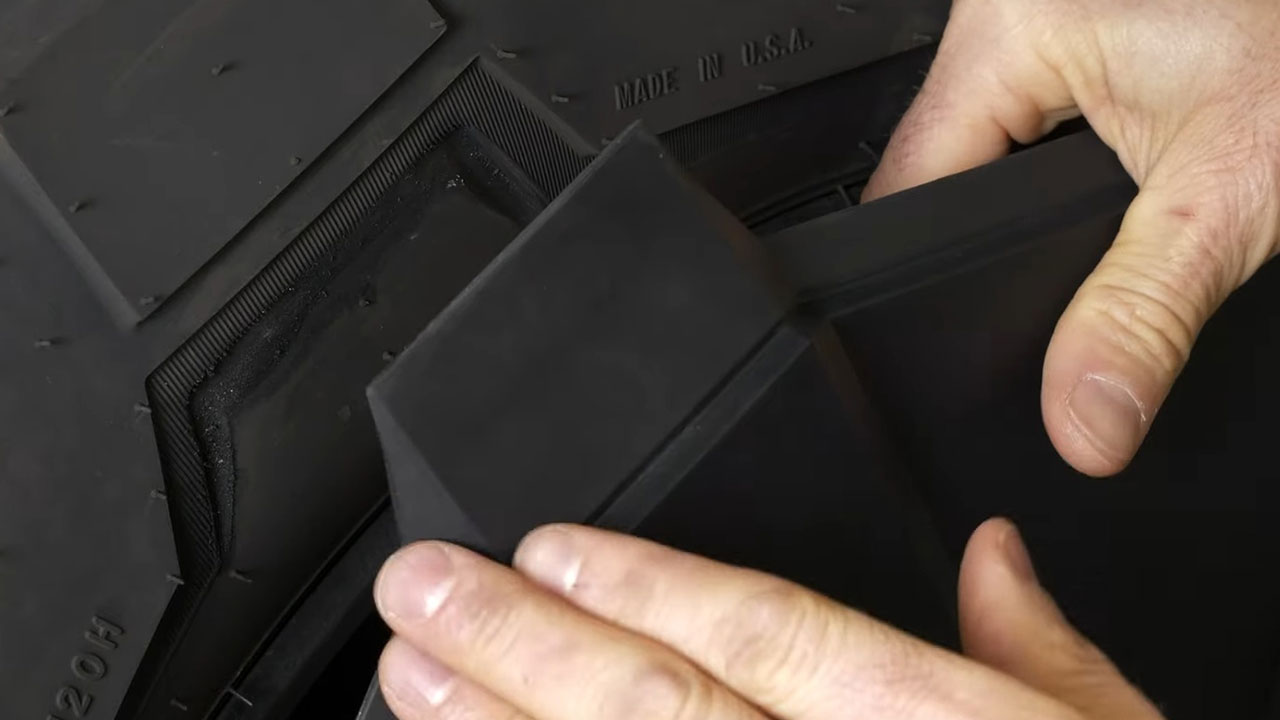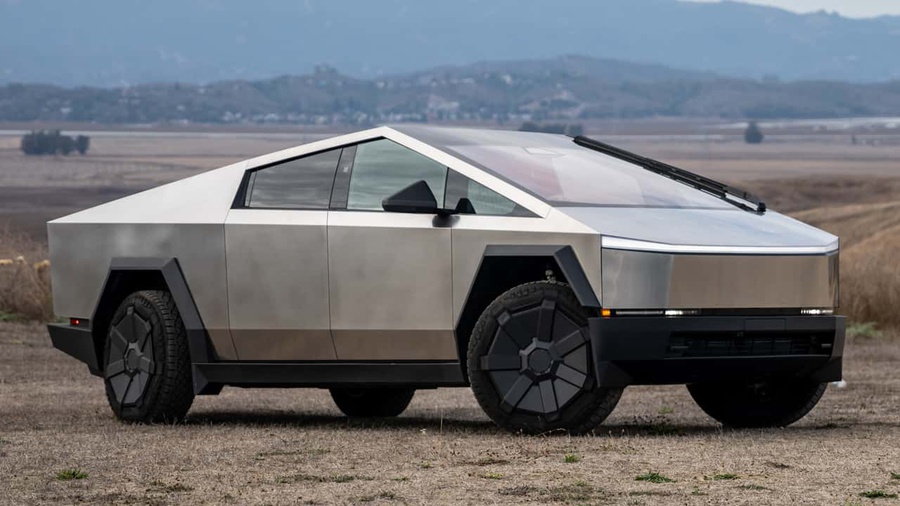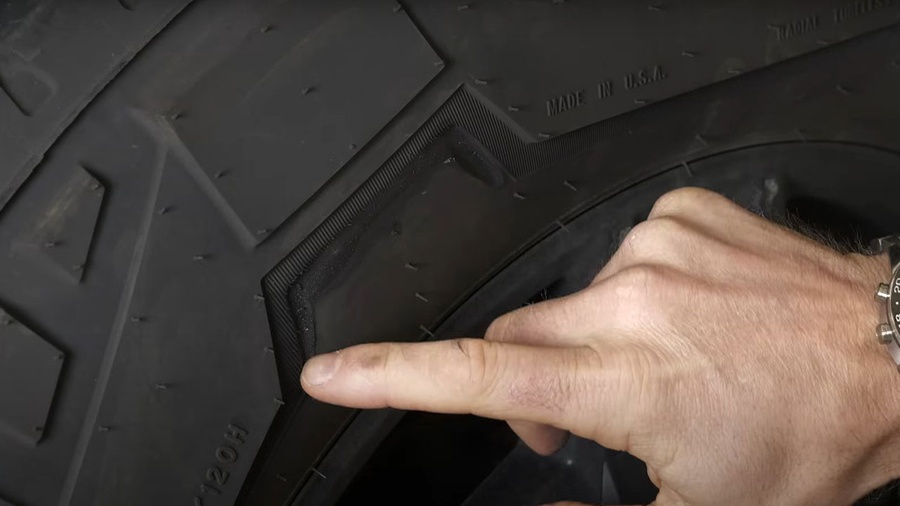Early adopters of the 2024 Tesla Cybertruck have found that the fancy Aero Covers are eating away at the sidewall of their tyres. As a result, Tesla has reportedly stopped including these covers with new Cybertruck deliveries, possibly until they are redesigned. The problem has been explained in detail by T Sportline.
The factory tyres on the Cybertruck are made by Goodyear specifically for this model, complete with custom sidewalls. Of course, you can buy a similar-sized replacement, but the special sidewall designs on the factory tyres are unique to Tesla.
However, the design in the side wall is meant to match the Cybertruck's aero covers. These hard plastic covers work in a similar way to those on the Model 3; they are removable and designed to improve range. However, they extend beyond the actual wheel and are integrated into the design of the aero cover.
Tesla anticipated that the plastic cover could come into contact with the tyre itself, so the ends of the covers are made from a softer, more flexible rubber compound so they don't dig into the sidewall. The covers are also spaced several millimetres from the edge of the tyre, so in theory they shouldn't come into contact with the wheel under normal driving conditions.
In real life, a heavy vehicle will deform the bottom of the tyre outwards at the contact patch where the tyre meets the ground. That's normal, but this deformation causes the rubber of the Aero Cover to come into contact with the sidewall of the tyre. So with every rotation of the sidewall, the rubber caps of the Aero Cover rub against the sidewall and remove a small amount of rubber. You can see how this can become a problem after a decent number of miles.
Tesla has said that it will take some time to ramp up production of the Cybertruck. As with all new vehicle launches, the carmaker is likely to find processes that can be improved, costs that can be cut and components that don't work as well in the real world as they did in testing.
Source: InsideEVs



